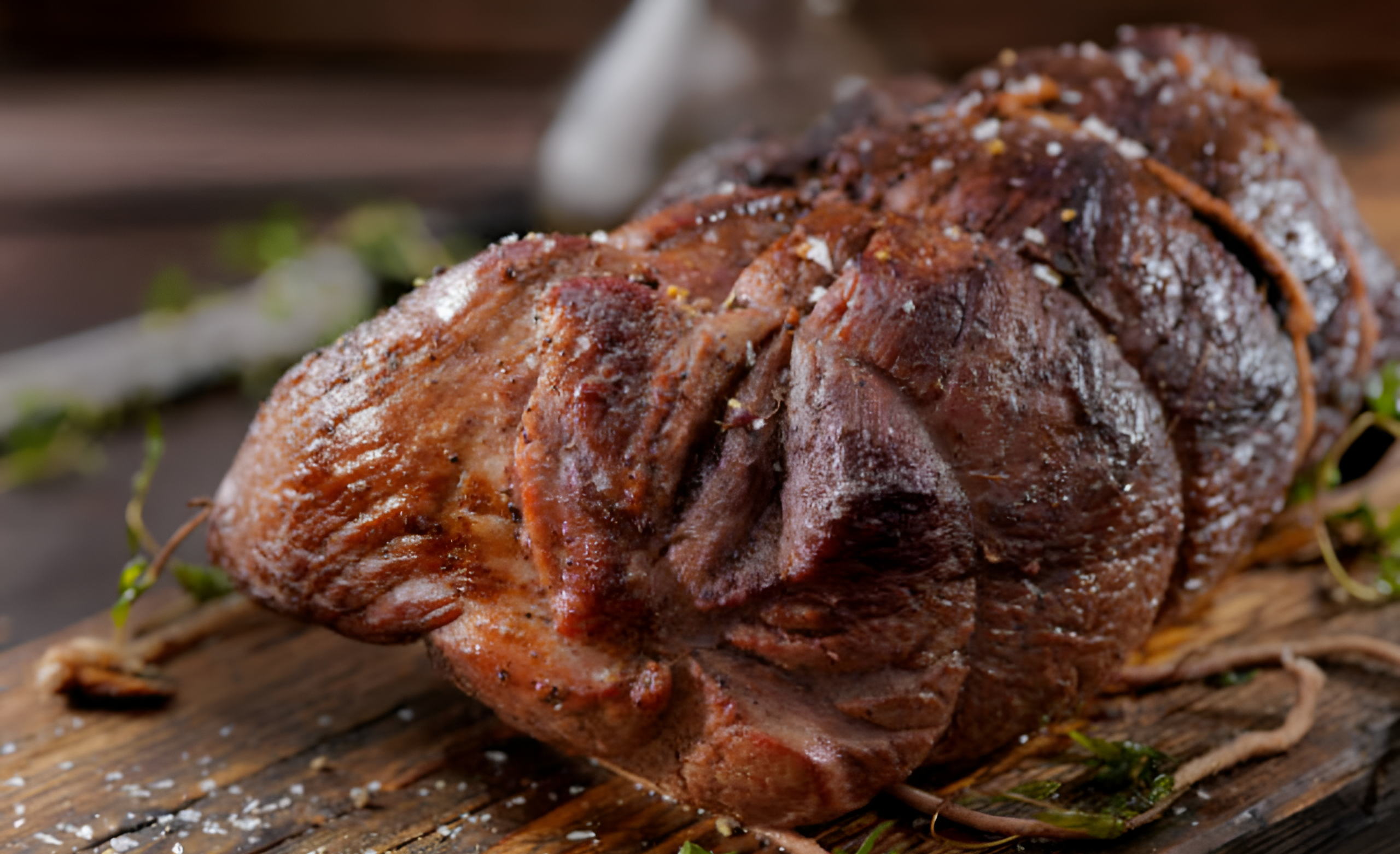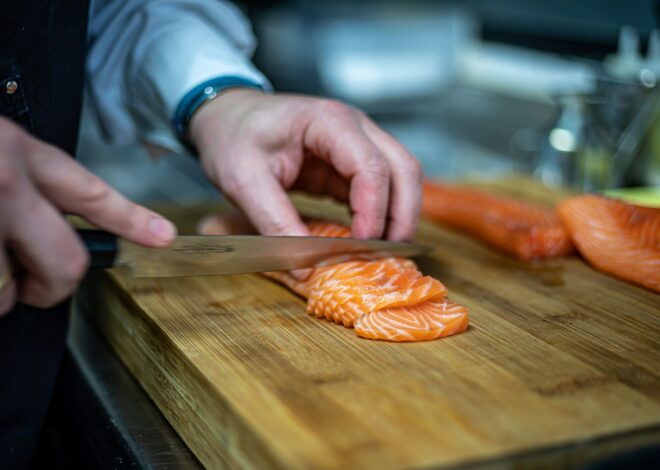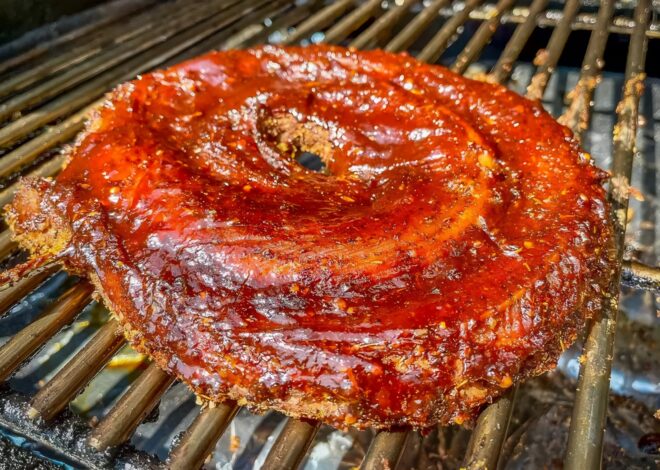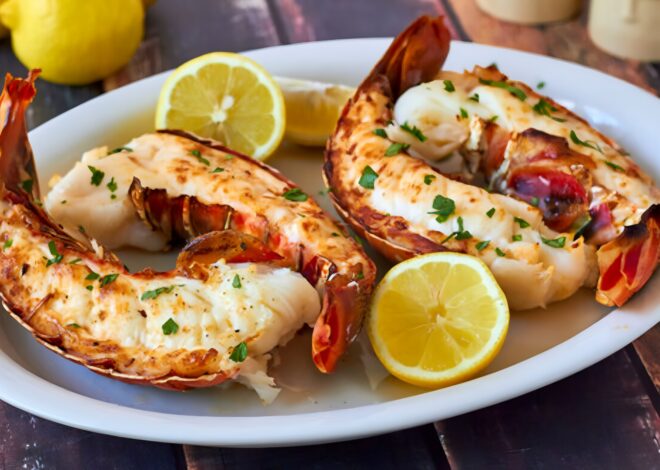
How To Cook Moose Meat
If you’re curious about how to cook moose meat like a pro, you’ve come to the right place. Moose meat might not be the first thing that comes to mind when you’re thinking about your next meal, but it’s time to change that! This wild game offers a unique and flavorful alternative to traditional meats.
Whether you’re an adventurous eater or just looking for something new to try, cooking with moose can elevate your culinary experience. Packed with nutrients and lower in fat than beef, moose meat is not only delicious but also incredibly healthy. Let’s dive into the benefits of this remarkable protein and explore some fantastic ways to prepare it!
Benefits of Eating Moose Meat
Moose meat is a nutritional powerhouse. It’s leaner than beef, offering lower fat content while being high in protein. This makes it an excellent choice for those looking to maintain or build muscle without excessive calories.
Rich in essential vitamins and minerals, moose meat contains significant levels of iron, zinc, and B vitamins. These nutrients support energy production and overall health. Another appealing aspect is its unique flavor profile. Moose has a distinct taste that sets it apart from traditional meats like beef or pork. It brings a wild essence to your meals, making every dish memorable.
Sustainability also plays a role in the benefits of consuming moose meat. Sourced from responsible hunting practices, eating moose contributes less to environmental degradation compared to factory-farmed options. Enjoying this game meat aligns with eco-conscious dining choices as well.
Preparing and Cooking Moose Meat:
When preparing moose meat, each method will bring out different qualities in this gamey yet delicious meat.
– Choosing the Right Cut
When it comes to cooking moose meat, the cut you choose matters significantly. Different cuts offer various flavors and textures, influencing your dish’s overall quality.
For steaks, look for cuts like the tenderloin or sirloin. These are lean and flavorful, perfect for grilling or pan-searing.
Roasting requires a tougher cut such as the shoulder or chuck roast. These benefit from slow cooking methods that break down connective tissues, resulting in tender bites.
If you’re making ground moose meat, trim any excess fat before grinding to ensure a healthier option with less grease.
Each cut has its unique qualities; understanding them enhances your culinary experience with this gamey delicacy.
– Marinating or Seasoning Options
Marinating moose meat can elevate its rich flavor and tenderize tougher cuts. A simple marinade of olive oil, garlic, and herbs like thyme or rosemary works wonders.
For a bolder taste, consider adding soy sauce or balsamic vinegar for depth. Citrus juices, such as lemon or orange, can brighten the flavors while breaking down the meat fibers.
Don’t forget about seasoning! A generous sprinkle of salt and pepper is essential to enhance the natural taste. You might also experiment with smoked paprika, cumin, or even chili powder for a hint of heat.
Let your meat soak in these flavors for at least two hours—ideally overnight—for maximum impact. Remember to keep it covered in the fridge during this time to maintain freshness.
– Recommended Cooking Methods
When it comes to cooking moose meat, selecting the right method can enhance its rich flavor and tender texture. Grilling is a popular choice, especially for steaks. The high heat creates a delicious sear while keeping the inside juicy.
Roasting is another fantastic option for cuts like roasts or legs. Slow roasting allows the meat to become incredibly tender while infusing flavors from herbs and spices.
For those cooler evenings, slow cooking in a crockpot works wonders. This method breaks down tougher fibers over hours, resulting in melt-in-your-mouth goodness.
Don’t overlook sautéing either; it’s perfect for smaller cuts or strips intended for stir-fry dishes. Each technique opens up new dimensions of taste that make moose an exciting addition to your culinary repertoire!
Delicious Recipes for Cooking Moose Meat:
– Grilled Moose Steak with Garlic Butter
Grilled moose steak is a delightful way to enjoy this rich, gamey meat. The key to an exceptional dish lies in the marinade and cooking technique.
Start by marinating your moose steak for a few hours. A simple mixture of olive oil, fresh garlic, rosemary, salt, and pepper works wonders. This allows the flavors to penetrate deeply.
When it’s time to grill, preheat your grill to medium-high heat. Sear the steak for about 4-5 minutes on each side for a perfect medium-rare finish. Keep an eye on it; overcooking can dry out this lean meat.
To elevate the dish further, prepare garlic butter by mixing softened butter with minced garlic and chopped herbs like parsley or thyme. Once your steak is off the grill and resting, top it generously with this flavorful butter before serving. Enjoy every tender bite!
– Slow Cooked Moose Pot Roast
Slow cooked moose pot roast is a comforting dish that warms the soul. This method allows the rich flavors of the meat to meld beautifully with vegetables and herbs.
Start by searing your moose roast in a hot skillet. This locks in juices and creates a beautiful crust. Once browned, transfer it to your slow cooker.
Add hearty vegetables like carrots, potatoes, and onions for depth. Pour in some beef broth or red wine for moisture and flavor. Season generously with salt, pepper, garlic, and fresh herbs like thyme or rosemary.
Set your slow cooker on low for 6-8 hours. The long cooking time tenderizes the meat while infusing the entire dish with savory goodness.
Serve this delectable pot roast alongside creamy mashed potatoes or warm crusty bread to soak up every bit of sauce! Each bite will be packed with robust flavors that highlight why moose meat deserves a spot at your table.
Safety Tips for Handling and Storing Moose Meat
Handling moose meat requires careful attention to safety. Always start by washing your hands thoroughly before and after touching any raw meat. This simple step helps prevent cross-contamination in the kitchen. When storing moose meat, keep it refrigerated at a temperature below 40°F (4°C).
If you’re not using it within a few days, consider freezing it for longer preservation. Use airtight packaging to avoid freezer burn. Be mindful of thawing methods. The safest way is in the refrigerator; avoid defrosting on the counter as this can promote bacterial growth.
Cooked moose meat should be stored properly too—refrigerate leftovers within two hours and consume them within three days. Always use separate utensils for raw and cooked meat to eliminate risks of contamination. By following these tips, you ensure both safety and quality when enjoying delicious moose dishes at home.
Conclusion: Cooking Moose Meat
Cooking moose meat can be a rewarding experience for any home chef. With its rich flavor and unique texture, it offers a delightful alternative to more common meats. The key is understanding how to prepare it properly. Choosing the right cut of moose meat is essential. Cuts like steaks or roasts require different cooking methods and times.
Marinating or seasoning can enhance its natural flavors, making every bite memorable. For those new to this gamey meat, starting with simple recipes such as grilled moose steak with garlic butter or slow-cooked pot roast allows you to appreciate the taste without overwhelming your palate.
Safety should always come first when handling any type of meat. Proper storage and preparation techniques help ensure that your culinary adventure remains enjoyable and safe. Exploring how to cook moose meat opens up a world of hearty meals that are both nutritious and flavorful. With practice, anyone can master this distinctive ingredient in their kitchen.



